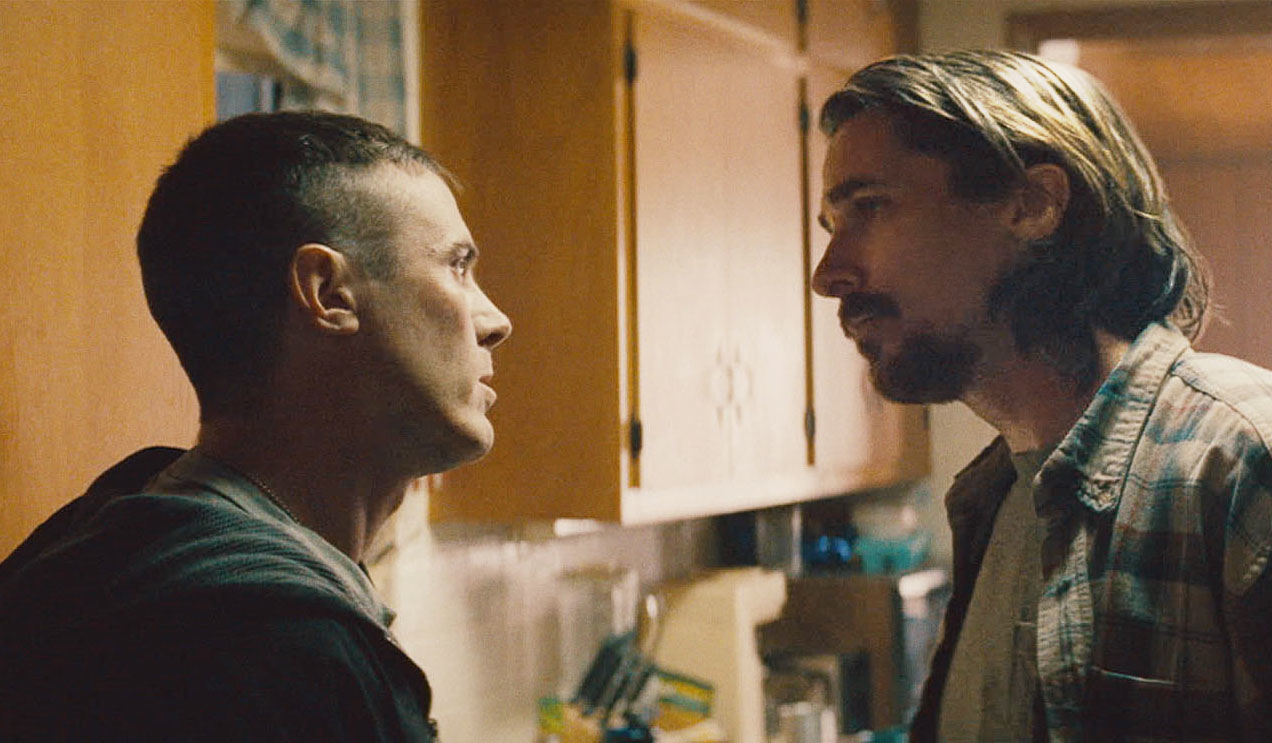Daydream. We all do it from time to time, but only so few of us can say that daydreams have actually inspired us to take risks, go on adventures, and do some serious traveling as much as they do for Walter Mitty.
Walter Mitty (Ben Stiller) is a negative assets manager for Life Magazine. A photojournalist, Sean O’Connell (Sean Penn)—whose photographs have featured in various articles courtesy of Mitty—has sent him one last picture to have published on the front page of the final printed issue of Life Magazine. When Mitty discovers that the picture has gone missing, he must venture out into the unknown for the source.
To introduce us into this ambitious film, the cinematographers blend the credits into the film in a very neat and artistic fashion. It’s a very interesting sequence that lets us know just how much of a fun, light-hearted experience is in store for us. The Life Magazine motto being shown throughout the movie is not only a reminder of the central themes off of which this film conveys, but also a confirmation of how different this film is (‘Walter Mitty’ may be one of the few films whose product placement actually serves a greater purpose than promoting the film’s sponsor). The cinematography and special effects do for the audience what the characters do as well: tell a story and present certain values to take with you well after the film has ended.
Ben Stiller, in one of his more serious roles is great as Mitty, an intuitive man only willing to take risks in his dreams until he’s faced with an incredible task. He’s a character, like many of us, who must make tough decisions and accomplish huge tasks, but are afraid of the end result. Mitty is a person to whom we can easily relate to and (silently) cheer for. With all of these traits, it’s not a role that one would expect to be an Oscar contender, but it is one that Stiller executes very well.
Like cinematography, characterization and special effects, the music is important here as well. While ‘The Secret Life of Walter Mitty’ isn’t a Cameron Crowe film—where the soundtracks move the story along much like the characters and/or plot themselves—there is a classic by David Bowie that is both mentioned throughout the film and even performed at one point that again, resonates with the very risk-taking, go-big-or-go-home themes that Stiller, as director, is really emphasizing here.
Amidst Mitty trying to locate the missing negative, Ted Hendricks (Adam Scott) whose task is to determine who to let go for the company’s transition into online publication, holds Mitty personally responsible and threatens his job in the vent that the negative isn’t found. While he comes off as a jerk in this role, Scott’s delivery (and perhaps the dialogue is the cause) is a little less than satisfactory. His mannerisms and expressions protrude bully, but his words aren’t as believable even when he’s dangling Mitty’s future right in front of him.
‘The Secret Life of Walter Mitty’ follows the standard Hollywood, story-telling formula, but it’s done in the most peculiar way. It has a lot of ambition and lots of heart. ‘Walter Mitty’ is its own unique film that’s fun, inspirational, and one that will stay with you for a long time.
Jim’s Rating: 8.75/10




